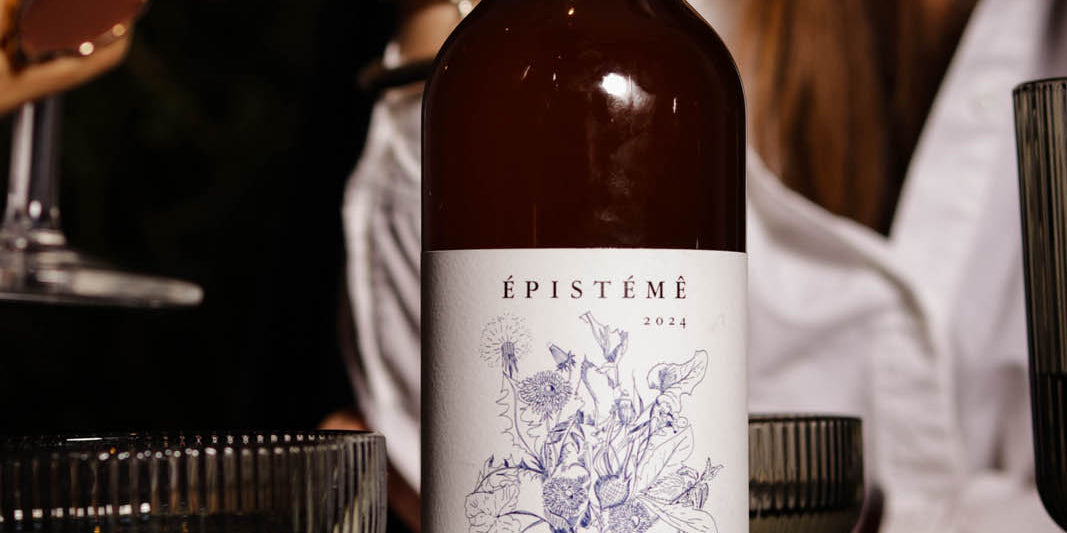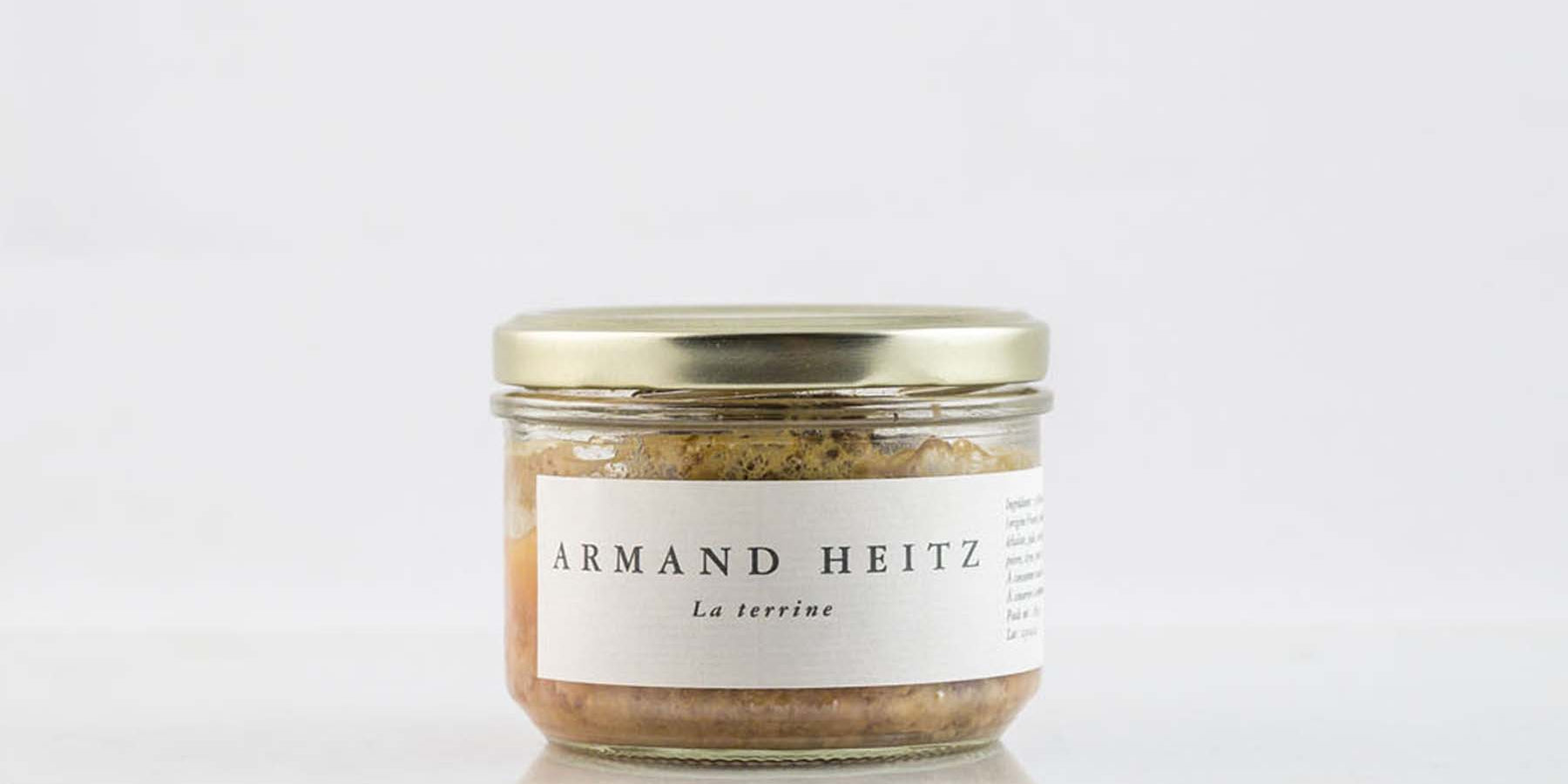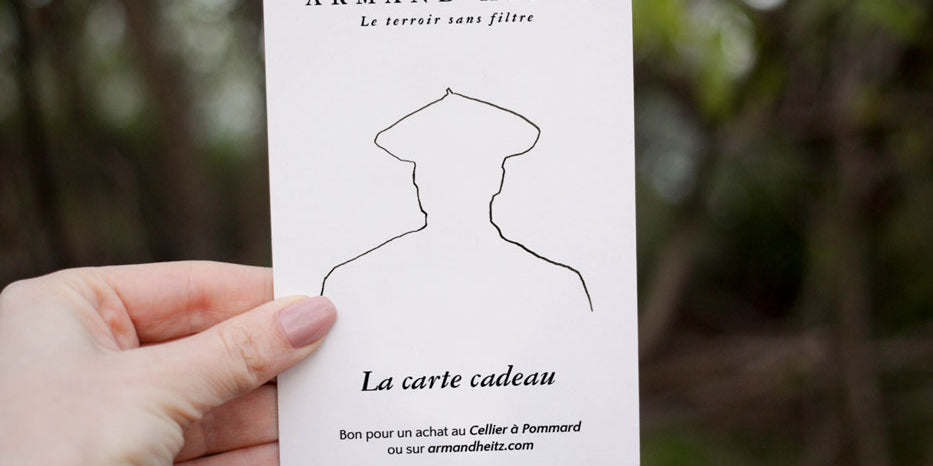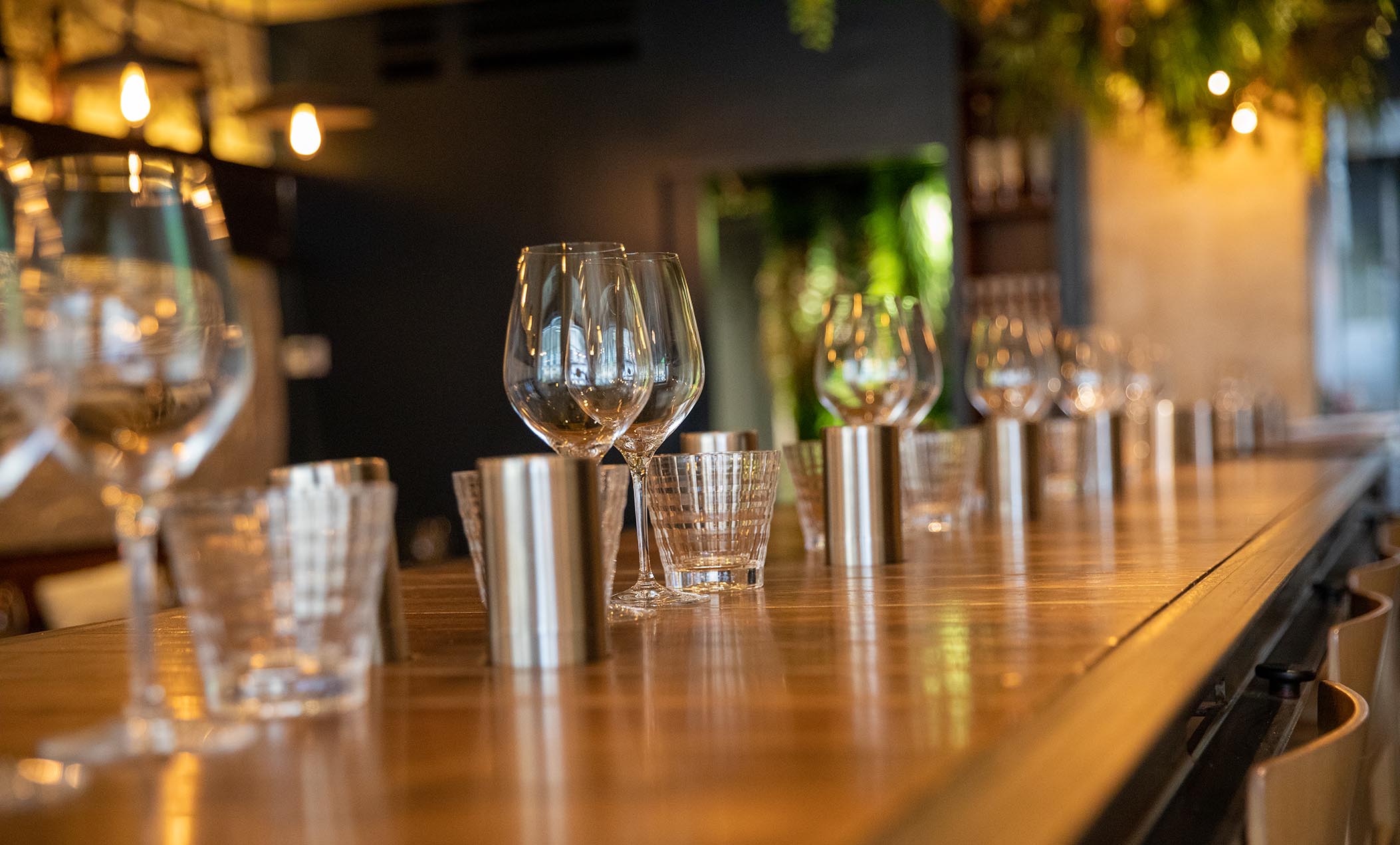Today, there are several methods when you want to aerate a wine: decanting and decanting. Both are different and not necessary every time. Here are some explanations to see it more clearly.
Are you decanting or decanting?
First, it's important to redefine the terms "decanting" and "decanting" and introduce the differences between the two:
Decanting consists of pouring your wine into a carafe provided for this purpose in order to generate molecular transformations. The wine will soften over time, the tannins will evolve, the structure will also be impacted. Its main purpose will be ventilation over a more or less long period.
Decantation is the action that aims to separate the wine from its deposit. Decanting a wine has no impact on the oxygenation of the wine, unlike decanting.

Which wines to decant or decant?
We usually decant a wine that is still "young", not at its peak. In the majority, it is the red wines that are most likely to be decanted because they have a greater aging potential. Especially in Burgundy, the wines can be quite woody due most of the time to the aging in oak barrels. Decanting will therefore allow them to reveal their aromas and let the fruity side express itself. Decanting a young wine will also allow it to reduce its astringency.
Decantation is often carried out on old vintages because in general, the older the vintage, the more likely there is that a formation of deposit is present.
Another method…candle decantation
Most often, it is in restaurants that sommeliers use this method which consists of tilting the carafe while placing a candle under the neck to check that there is no deposit in it. The main subtlety is that once decanted, the wine will decline very quickly.
The different types of decanters
There are many kinds of carafes and in many different shapes and sizes. Regarding the one necessary for the decanting action, the latter must have a wide opening to allow air to come into contact with the wine.
Here is the illustration of a carafe allowing decantation, we find the most important element there which is a wide neck allowing perfect contact between the air and the wine:

Here is an example of a decanter that will be used for a decanting action:

The final word
There is no miracle solution or established rule, many parameters come into play when it comes to tasting: the temperature, the place, the people with whom you are tasting, the method of preserving the wine, etc.
It is very important to note that the decision on the action to be taken, whether it is decanting or decanting, is made only after having tasted the wine for the first time. Without having tasted the wine, it is impossible to know what to do.
But above all, the most important thing is to finish the bottle!
Arthur Pollet









